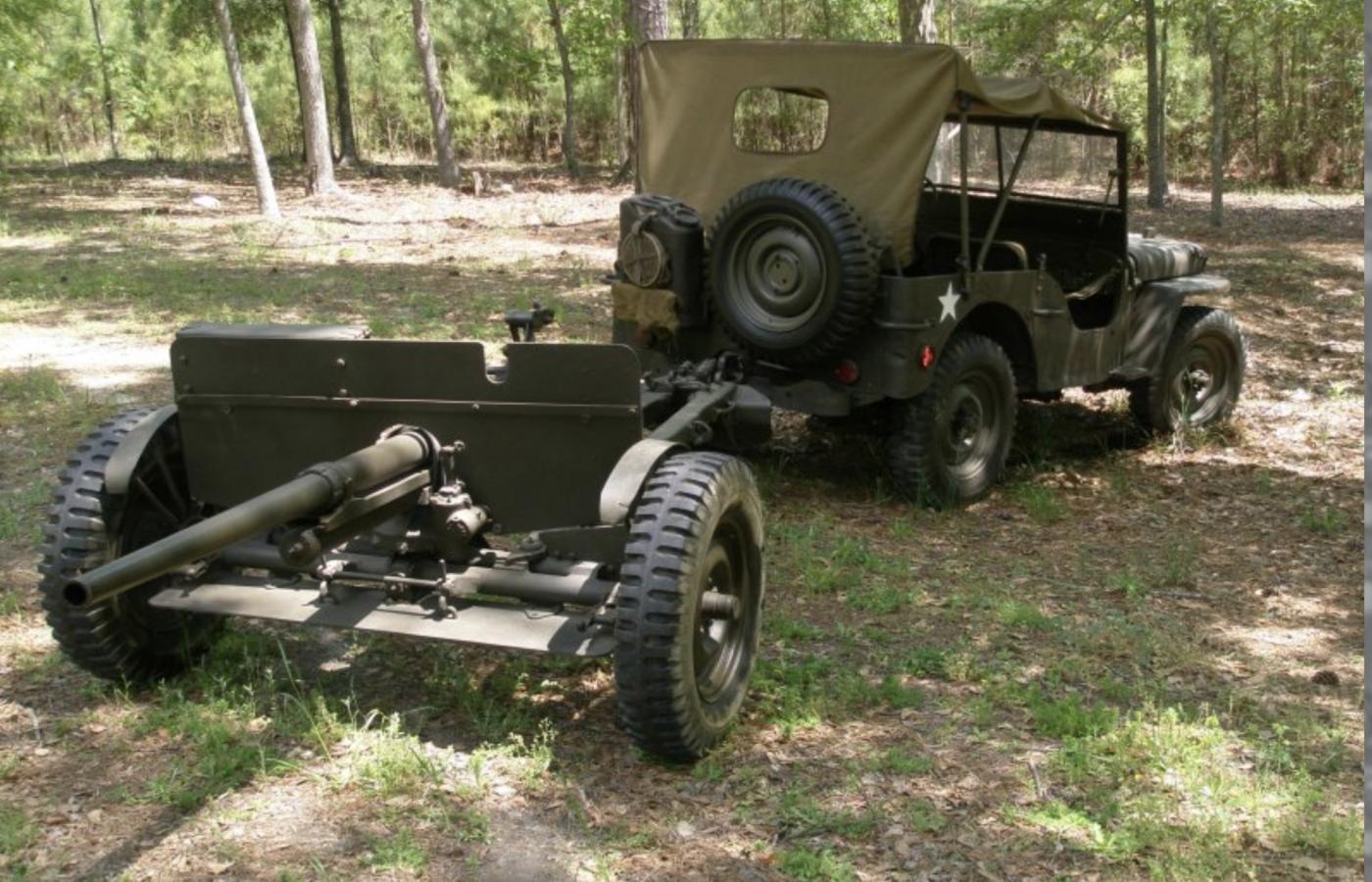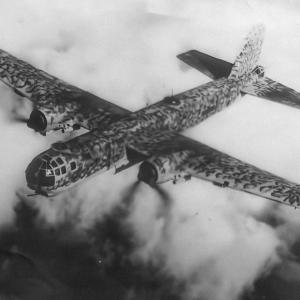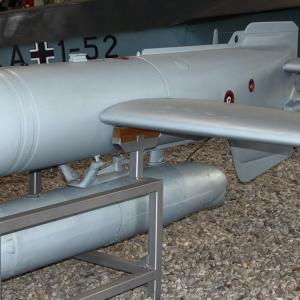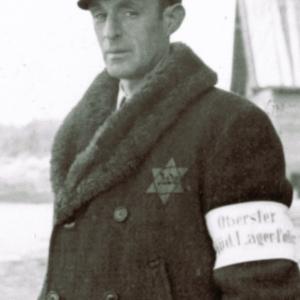
37mm U.S Field Gun
The US 37mm field artillery gun, often associated with the M3 anti-tank gun, was an important weapon developed and deployed during the early years of World War II. This small-caliber artillery piece was originally conceived in the 1930s, influenced by the experiences and lessons of World War I and the interwar period, when mobility and rapid deployment became central to modern military doctrine. As armored warfare began to develop rapidly in Europe, the United States recognized a need for lightweight, mobile guns that could support infantry and potentially serve in an anti-tank role.
The 37mm gun was designed primarily by American engineers at the Watervliet Arsenal in New York, one of the country’s oldest and most prolific military production facilities. The initial design drew upon foreign influence, particularly the German 3.7 cm PaK 36, but was modified to suit American manufacturing processes and tactical preferences. Production was undertaken by several American industrial firms, including American Car and Foundry Company and others involved in wartime ordnance manufacturing. The goal was to mass-produce a weapon that was light, relatively simple, and could be moved by a small crew or towed by light vehicles such as jeeps or half-tracks.
The 37mm gun M3 officially entered service in the late 1930s and saw its first widespread use during World War II. It was used in several theaters, including North Africa, the Pacific, and early in the European campaigns. In the Pacific, its relatively light weight made it ideal for jungle warfare, where heavier artillery would have been nearly impossible to maneuver. It was commonly issued to infantry regiments and also mounted on various vehicles for mobile anti-tank and fire support roles. However, as the war progressed and German tanks became more heavily armored, the 37mm gun quickly became obsolete in Europe, and it was gradually replaced by larger calibers such as the 57mm and 75mm anti-tank guns.
In terms of performance, the 37mm gun was fairly accurate against lightly armored vehicles and infantry fortifications at shorter ranges. It had a maximum range of around 7,800 yards, but its effective range was far less when engaging armored targets—typically under 1,000 yards. The shell itself was small, which limited its destructive power, especially as the war advanced and tank armor improved. However, when used properly and within its effective parameters, the gun could destroy early war tanks, armored cars, and machine gun nests.
One of the main advantages of the 37mm gun was its ease of transport and use. Weighing around 900 pounds (about 400 kg), it could be moved manually by a crew of four to six men or towed behind a vehicle. Its relatively simple construction made it easier to maintain in the field, and its size allowed it to be hidden or emplaced quickly. In difficult terrain, such as the jungles of the Pacific or the mountainous regions of Italy, these characteristics made it a valuable tool despite its diminishing anti-armor effectiveness.
Overall, while the US 37mm field artillery gun became outclassed by the mid-war period in Europe, it served an important transitional role in the modernization of US artillery doctrine. It highlighted the importance of mobility, rapid deployment, and the need to continually adapt to changing battlefield conditions. Though it faded from prominence, the gun remained a symbol of early American efforts to build a flexible and mobile fighting force in the face of rapidly evolving warfare.










